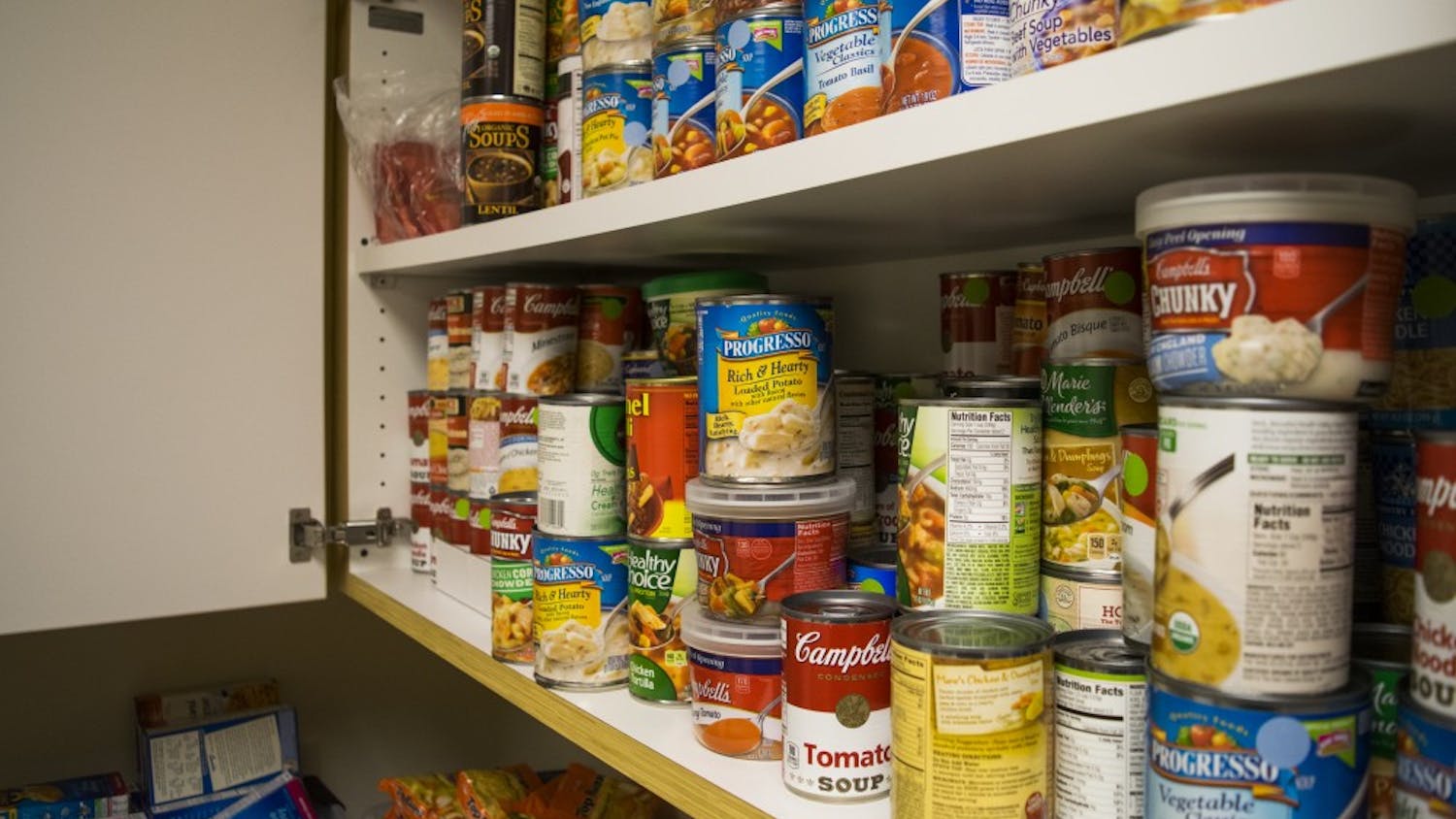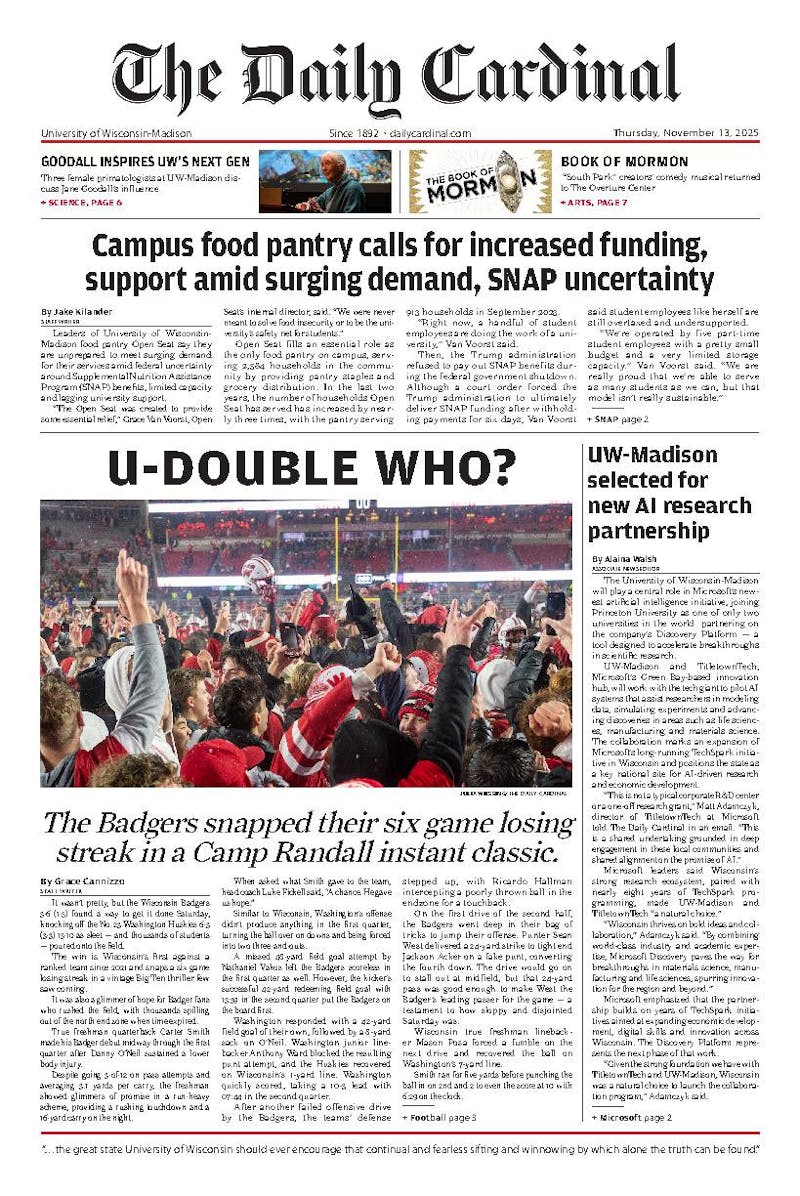Inevitably, it has arrived—a time when heartbeats and clock-ticks are louder than normal, when pillows are replaced by books and computer keyboards and when showers are foolish sacrifices of time. We are in the final weeks of the semester, the homestretch before exams. And there is no escaping the pressure. Or is there?
Many college students escape via a growing college trend—they take Adderall, an amphetamine similar to cocaine, so that they can stay focused and awake for hours on end.
But Adderall, a prescription medication for Attention Deficit Hyperactivity Disorder, can have dangerous side effects for users who do not have ADHD, and many of the students who use the drug to escape academic pressures do so without first consulting a doctor.
If they did see a doctor, however, chances are that these students could quickly be diagnosed with ADHD—but not because they actually have the disorder. It is because we live in a pressure-driven world—a world in which anxiety is an overwhelming influence, and caution and logic are often ignored. Pressures felt by families, schools, doctors, and students have nurtured the popularity of Adderall. If we are to diminish the drug's influence on our pressure-driven world, we need to avoid escaping pressure and begin working under it.
Just a few years after ADHD was first included in the American Psychiatric Association's Diagnostic and Statistical Manual for Mental Disorders in 1987, the disorder became classified as a disability and a cash incentive program was established for low-income families with children who had ADHD. Families could get $450 a month per child with ADHD, and the costs of treatment and medicine for low-income children was covered by Medicaid. Since the criteria for diagnosing ADHD is very lenient, the cash incentive program was a tremendous temptation for any family under financial pressure.
In 1991, schools were also tempted. The federal government began offering schools educational grants of $400 annually for each child diagnosed with ADHD. That is not a lot of money, but it gave financially struggling schools an opportunity to make small gains. Schools could simply suggest that a child's parents take their son or daughter to the doctor to be tested and there was a good chance that the student might be diagnosed with ADHD.
The dramatic influx of students being tested for ADHD and the lenient criteria by which they were evaluated made it very difficult for doctors to seriously consider each case and to make accurate diagnoses, as is still the case today. In its most lenient form, a test for ADHD simply uses a list of behaviors that derive from inattention, impulsivity, and hyperactivity, and an individual is diagnosed with ADHD if both past and present behavior reflects a certain number of the criteria. Many doctors are under tremendous time constraints because people expect testing to be brief and easy. Under this pressure, most doctors simply make a quick, and therefore often inaccurate, diagnosis.
Academic pressures felt by students, especially college students, combined with the ease of obtaining Adderall helps the drug's popularity and abuse grow. Many students who grew up on the drug—whether they needed it or not—have now become easy sources of Adderall for their peers. One pill is usually sold for between $3 and $5, if it is not given away for free. A survey conducted in 2000 indicates that Adderall abuse is not unusual here at UW-Madison. Of 100 students surveyed who had prescriptions for the drug, one in five admitted that they misused their prescription on a regular basis.
It's pretty easy to get Adderall if you want it,\ said UW-Madison sophomore Jon Tagarelli. ""And it makes sense why people would want it ...If you're under a lot of pressure and you know there are so many people who are using it, you wouldn't want to put yourself at a disadvantage [by not using it].""
Adderall has been too great a temptation for our pressure-driven world, and using the drug as an escape route has only led to more dangerous territory. Students are becoming addicted to a drug that could potentially cause paranoia, hallucinations and heart attacks.
Now the pressure is really on and this time, there is no escaping it.
Heather Laluzerne is a sophomore majoring in political science and sociology. Send responses to opinion@dailycardinal.com
\





